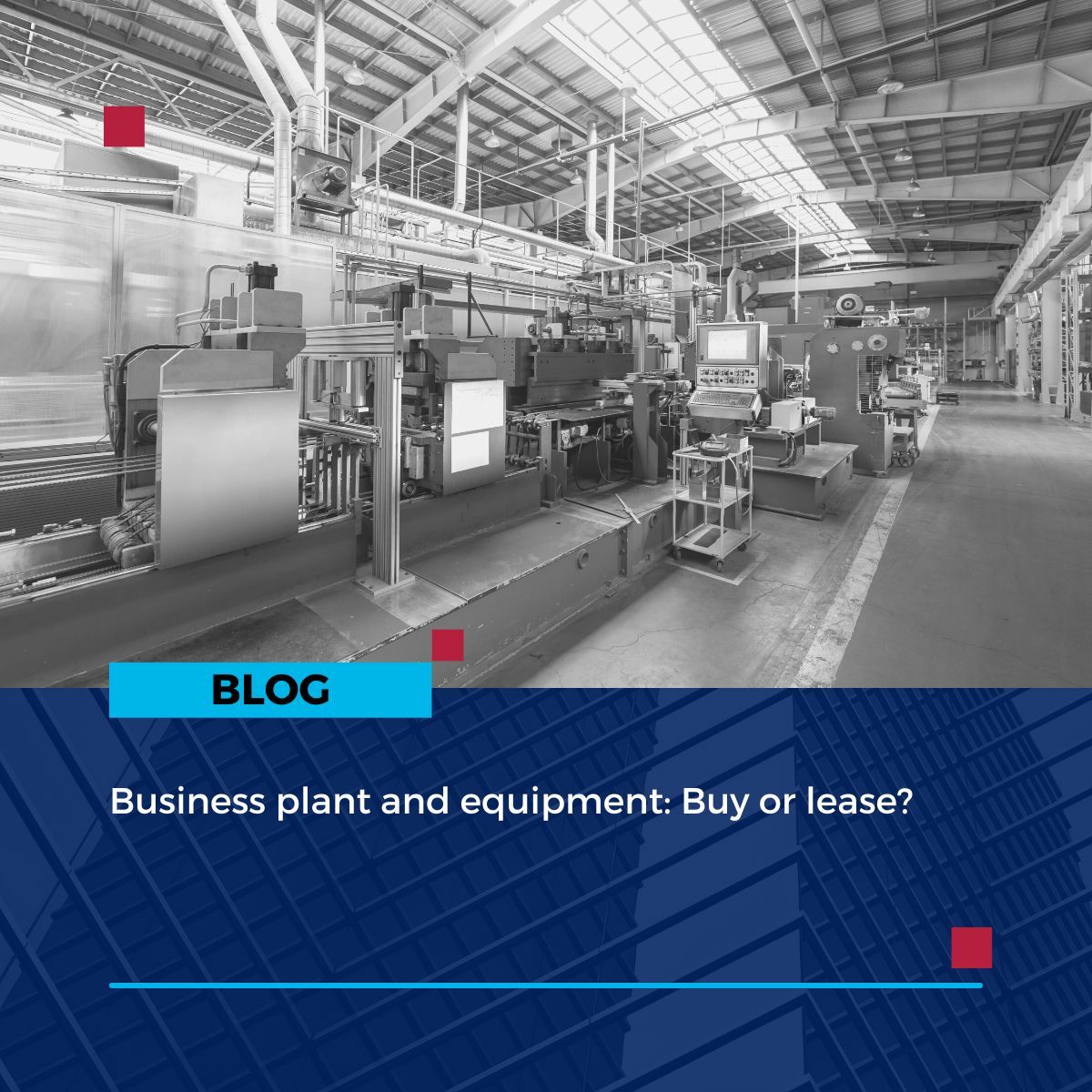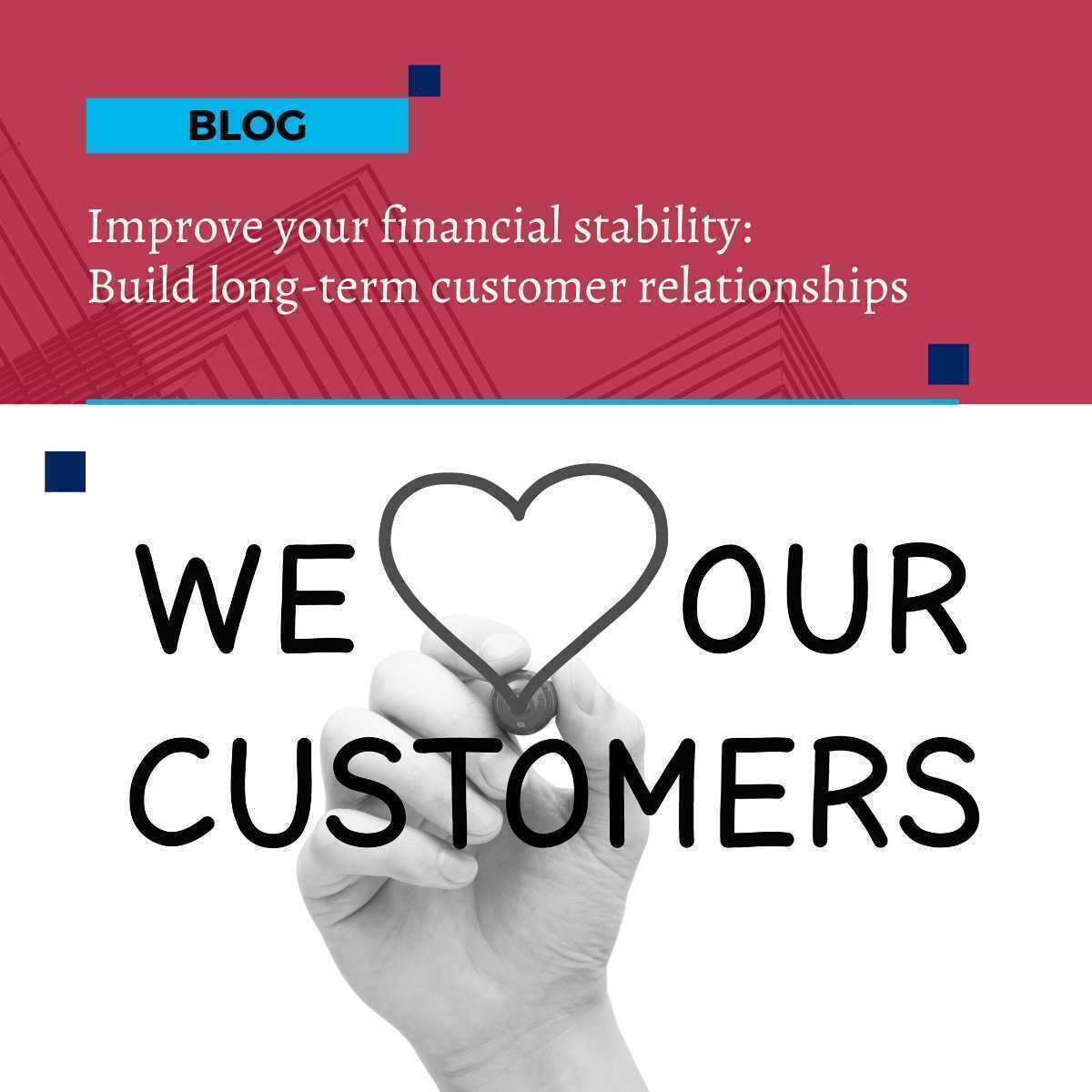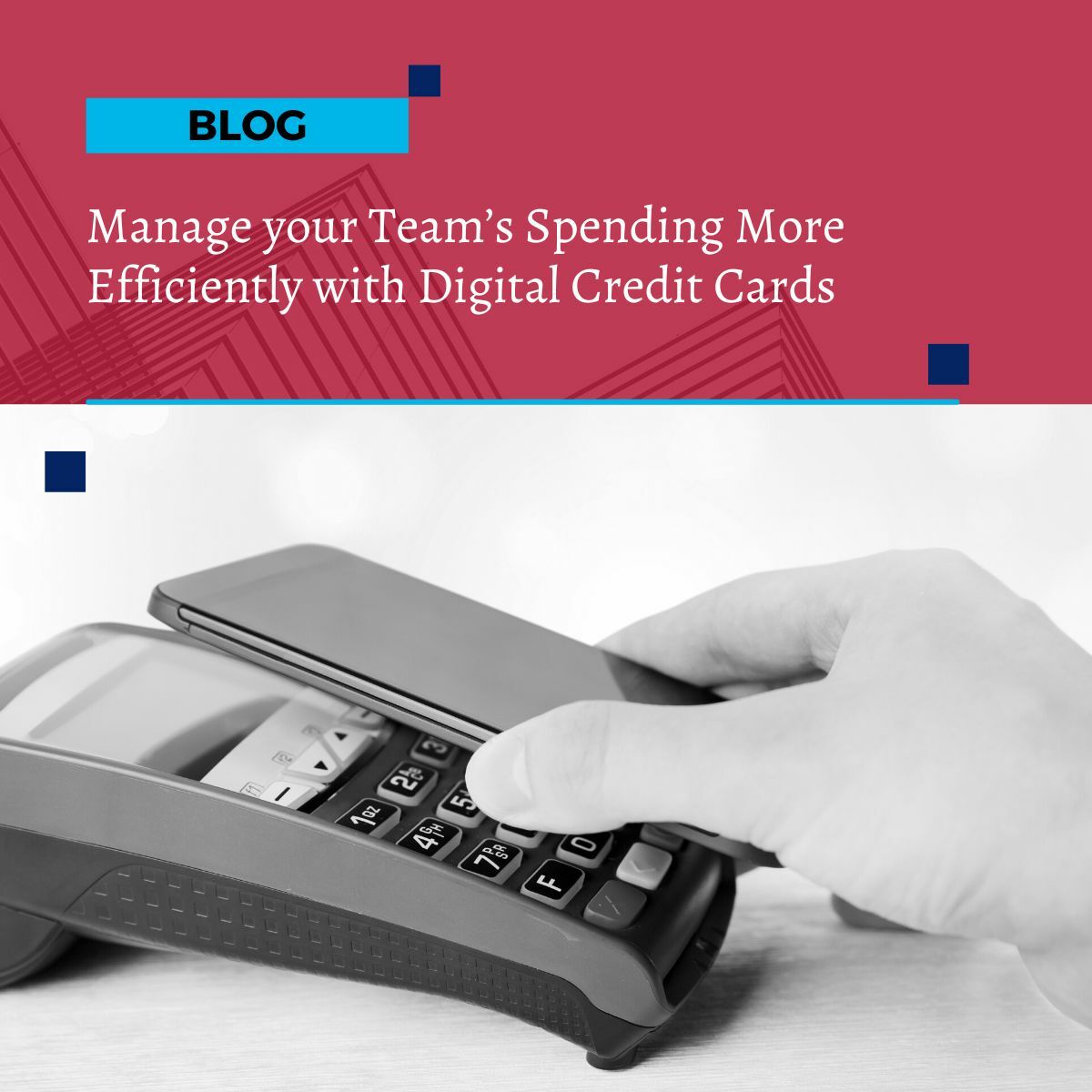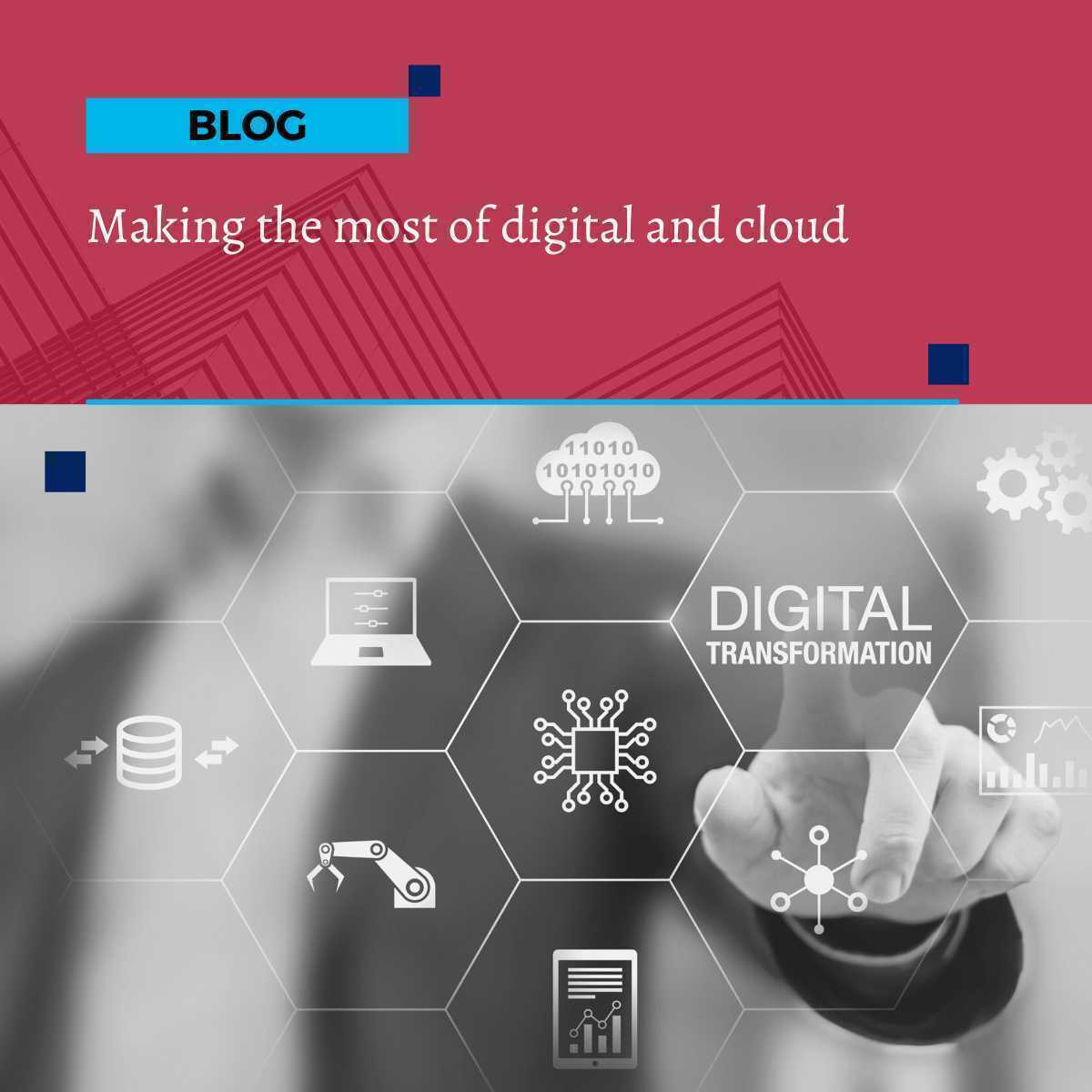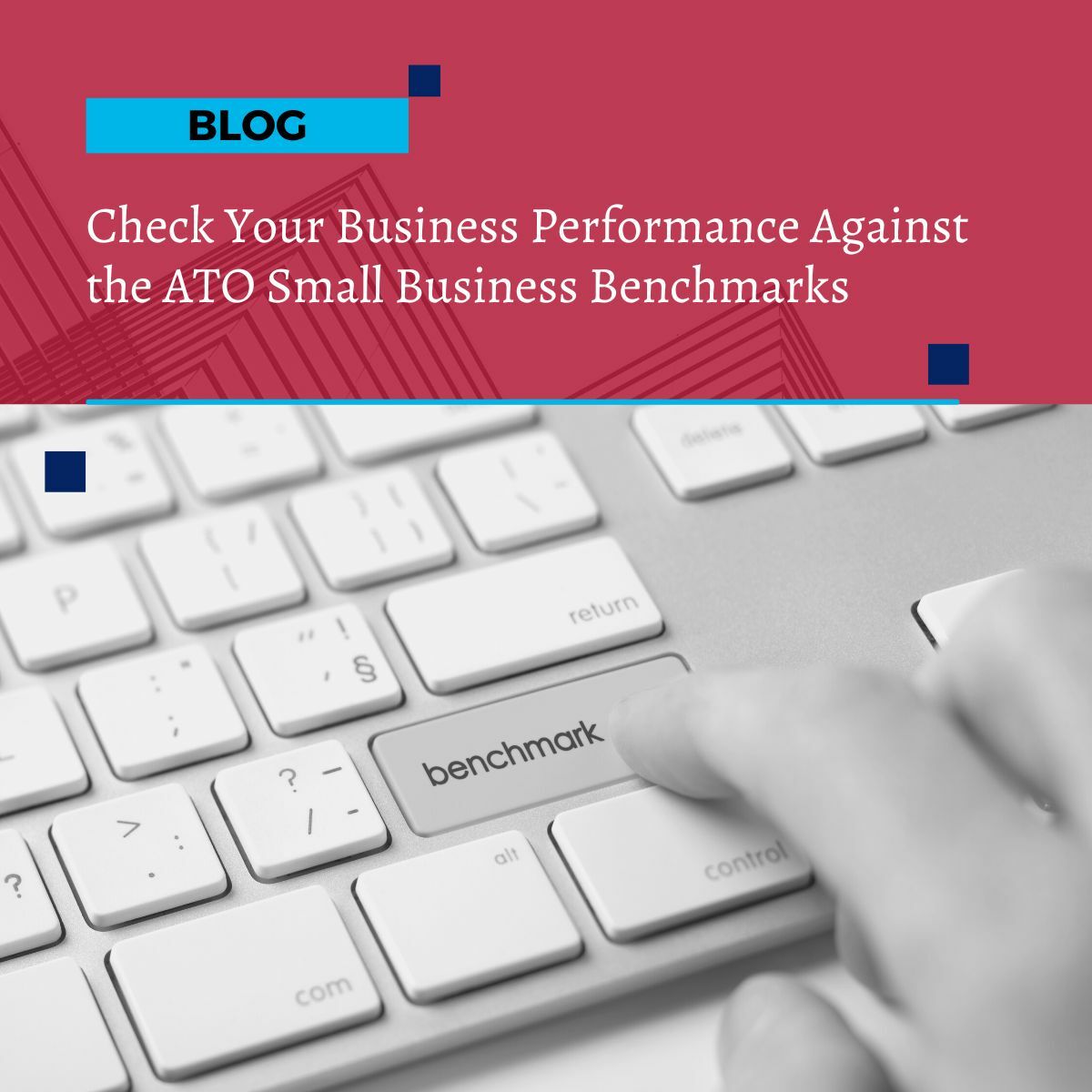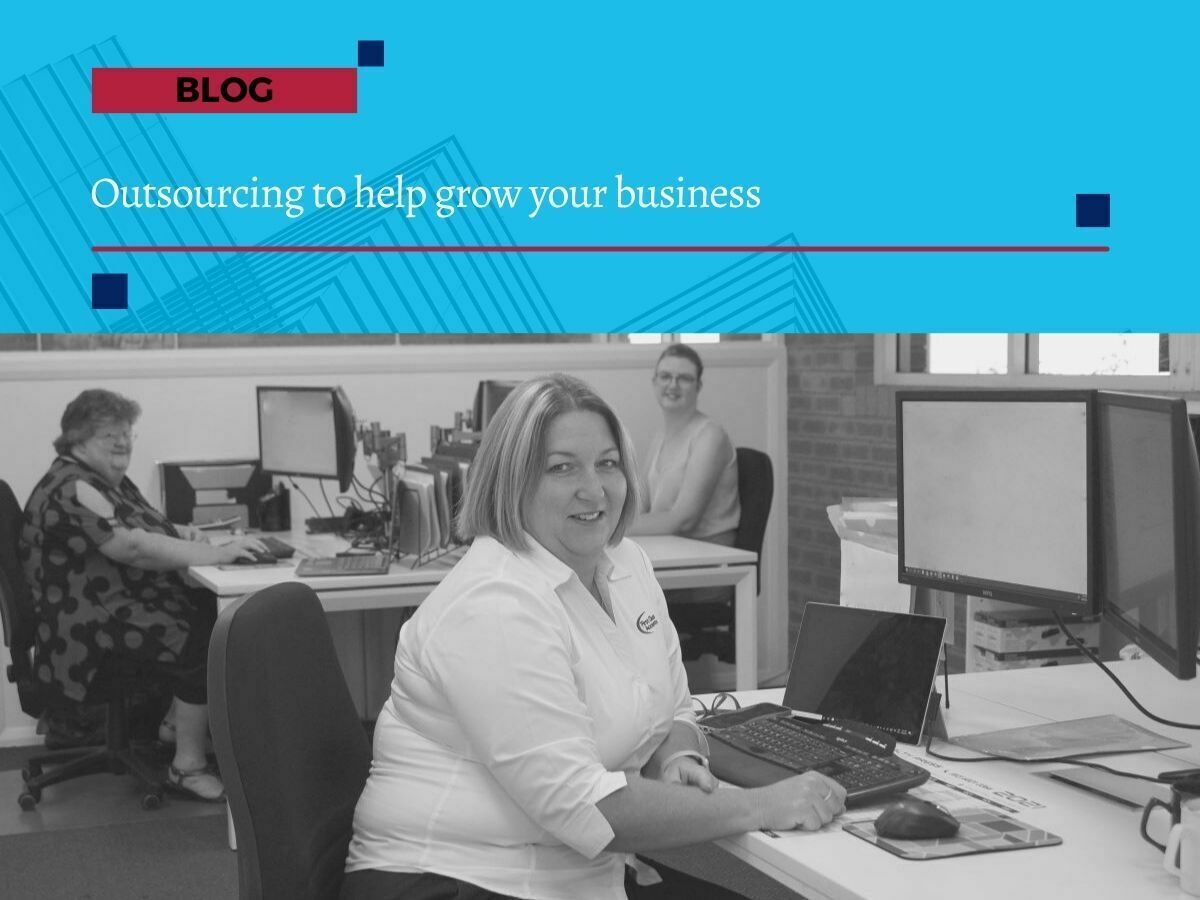
Outsourcing to help grow your business
Outsourcing to help grow your business
Outsourcing to help grow your business can be an effective strategy, especially during periods of unexpected growth.
When managing a small business, it's not always practical to hire additional staff to handle increased workloads. However, outsourcing can provide the flexibility and support you need to manage your business efficiently during busy periods.
By outsourcing tasks that are outside your expertise or time constraints, you can focus on the core aspects of your business, such as strategy and growth. And, with the right outsourcing partner, you can ensure that your business runs smoothly and efficiently, giving you the confidence and freedom to focus on what you do best.
What could you outsource
Outsourcing can be an incredibly effective way to streamline your business operations and improve your bottom line. By outsourcing certain tasks, you can free up your time and energy to focus on the core aspects of your business that you're truly passionate about. Here are some types of jobs that are particularly well-suited for outsourcing:
Tasks you dread
We all have tasks that we dread or procrastinate on, whether it's dealing with paperwork, answering emails, or making phone calls. Outsourcing these tasks to a virtual assistant or freelancer can be a great way to free up your time and reduce your stress levels. You'll be able to focus on the aspects of your business that you enjoy, while still ensuring that these important tasks are being taken care of.
Tasks where you have low expertise
As a business owner, it's important to recognize your strengths and weaknesses. If there are certain tasks that you or your team aren't particularly skilled at, outsourcing them to an expert in that field can be a smart move. This could include tasks like graphic design, web development, or social media management. By outsourcing these tasks to someone with more experience and expertise, you can ensure that they're done well and to a high standard.
Tasks that don't require access to your systems or clients
Finally, there are certain tasks that can be outsourced without requiring the contractor or freelancer to access your systems or deal with your clients. For example, you might outsource data entry, transcription, or research tasks. These types of tasks can often be done remotely and independently, which makes them ideal for outsourcing.
Who could do the work for you?
Outsourcing can be an excellent way to save time, reduce stress and ensure that your finances are being managed efficiently. However, it's essential to choose the right service provider to ensure that your tasks are being handled accurately and professionally.
For example, when it comes to managing your business finances, bookkeeping and payroll are two essential tasks that can be time-consuming and complex. That's why it's important to have a reliable and experienced service provider to handle these tasks for you. We offer a range of services that can help you to manage your finances with ease.
By outsourcing your bookkeeping and payroll requirements to our firm, you can free up your time and energy to focus on the core aspects of your business.
You can rest assured that your finances are being managed accurately and professionally, allowing you to make informed decisions for your business.
Need help getting started?
If you're considering outsourcing and wondering how much to spend or where to start – or if you need help with bookkeeping and payroll – get in touch with us.


